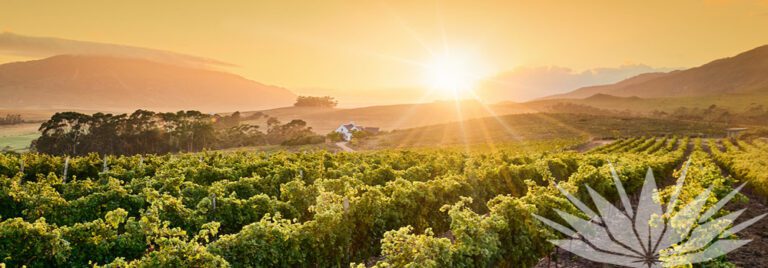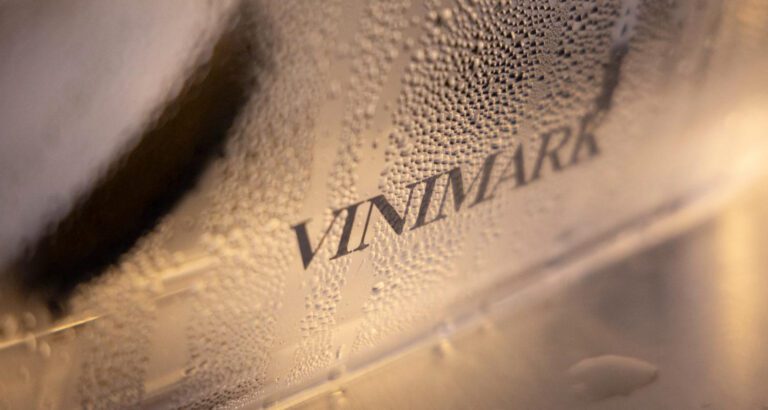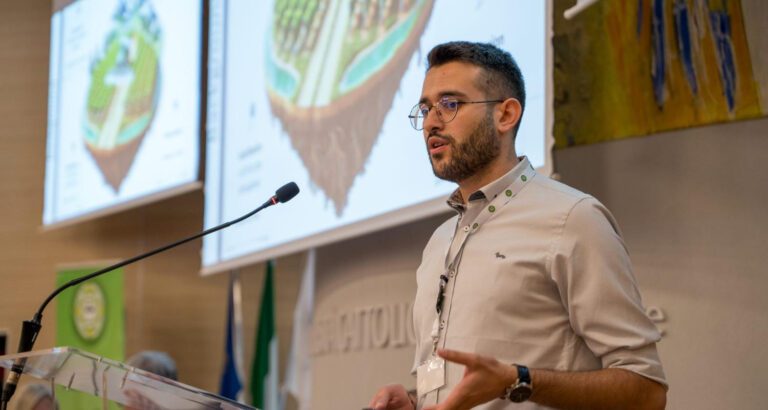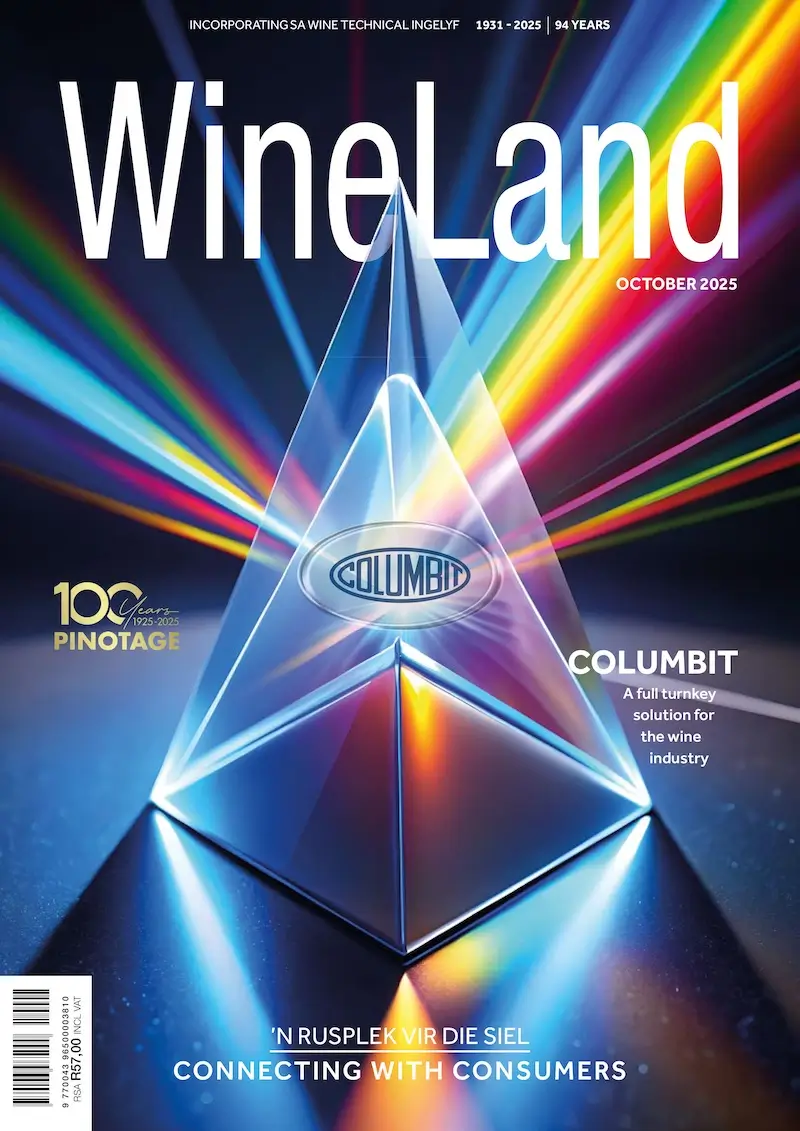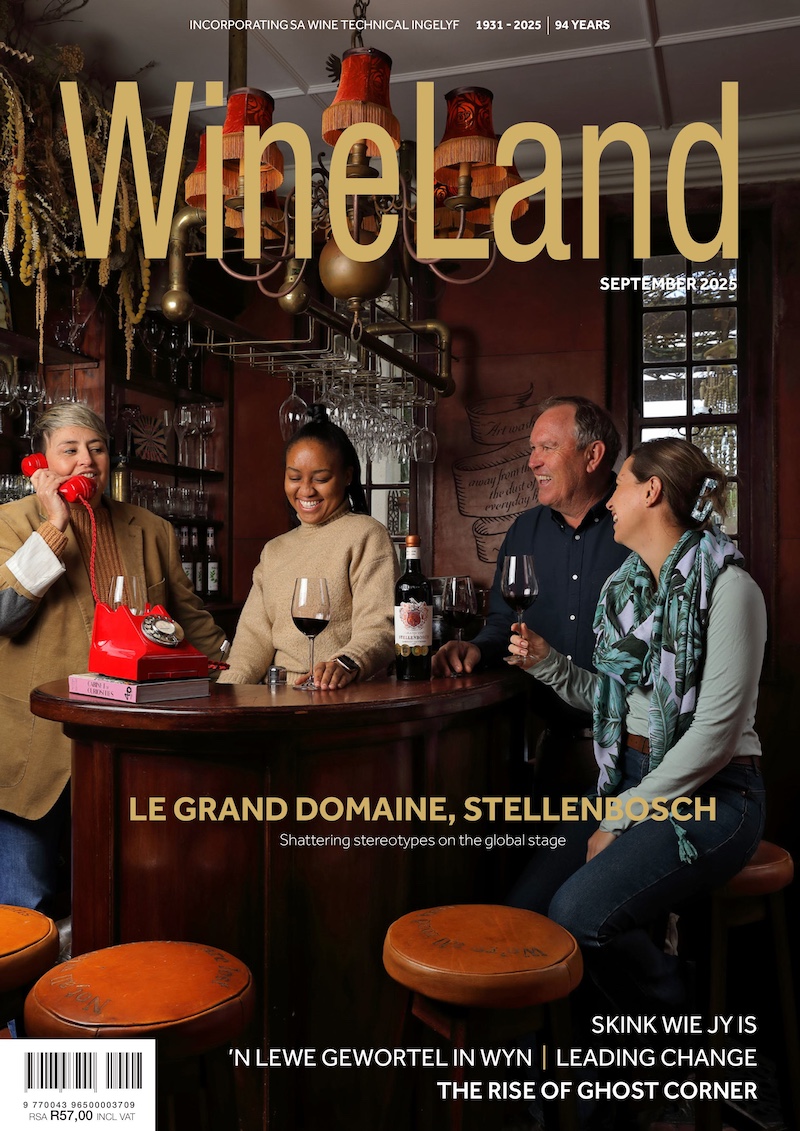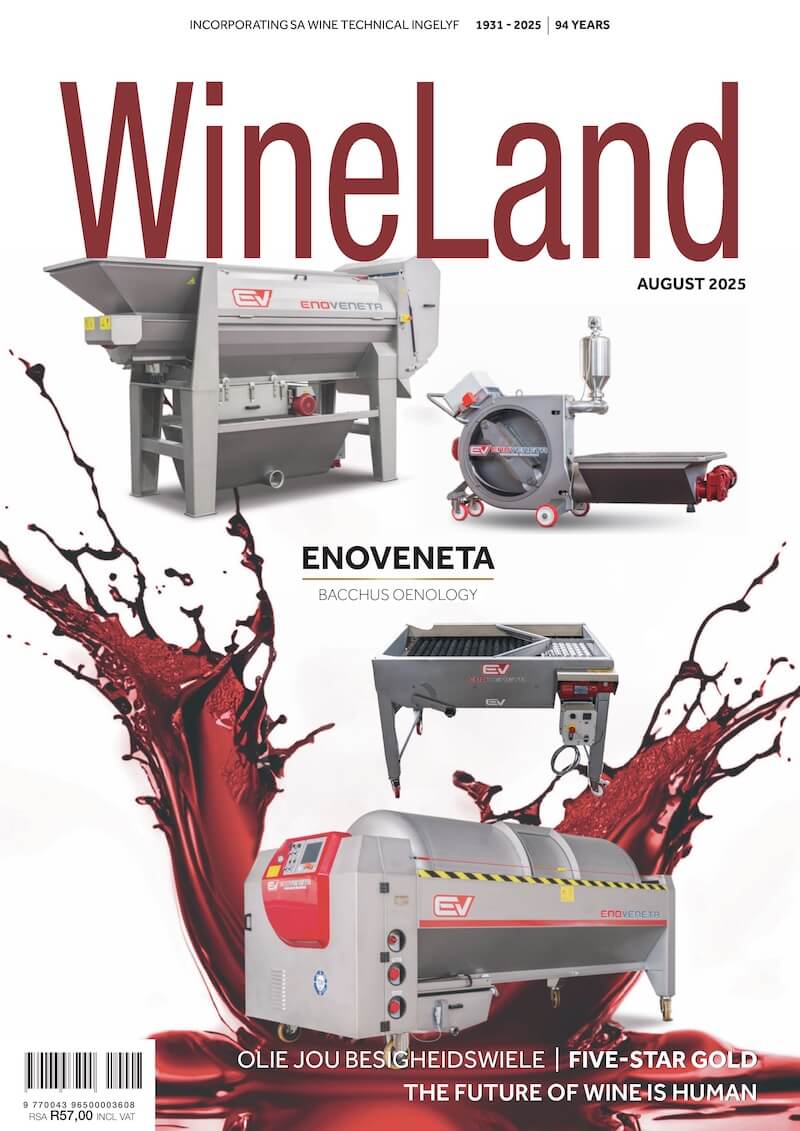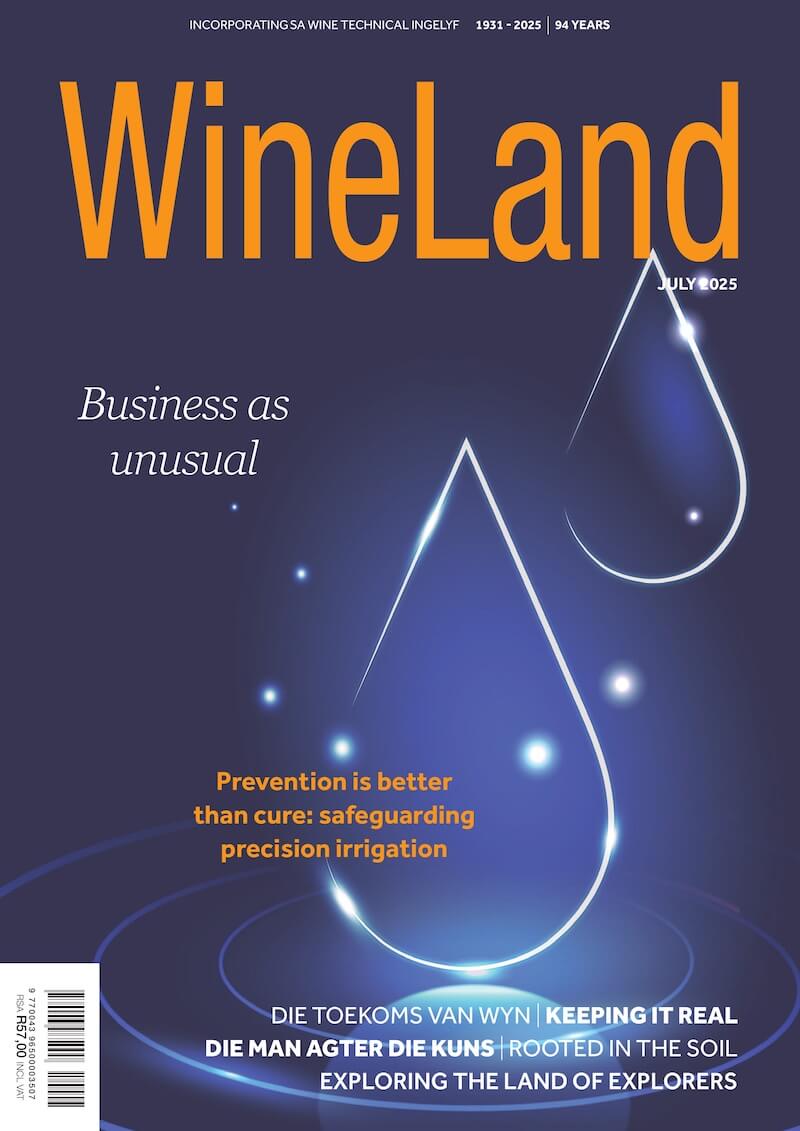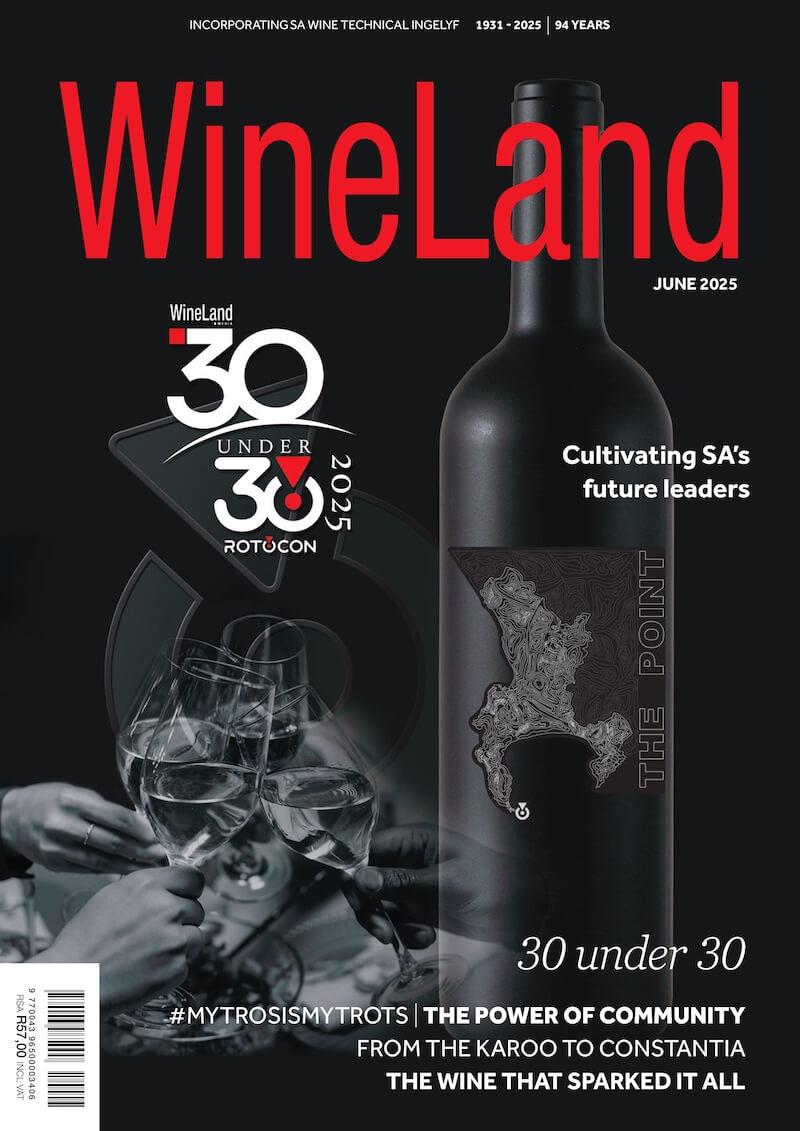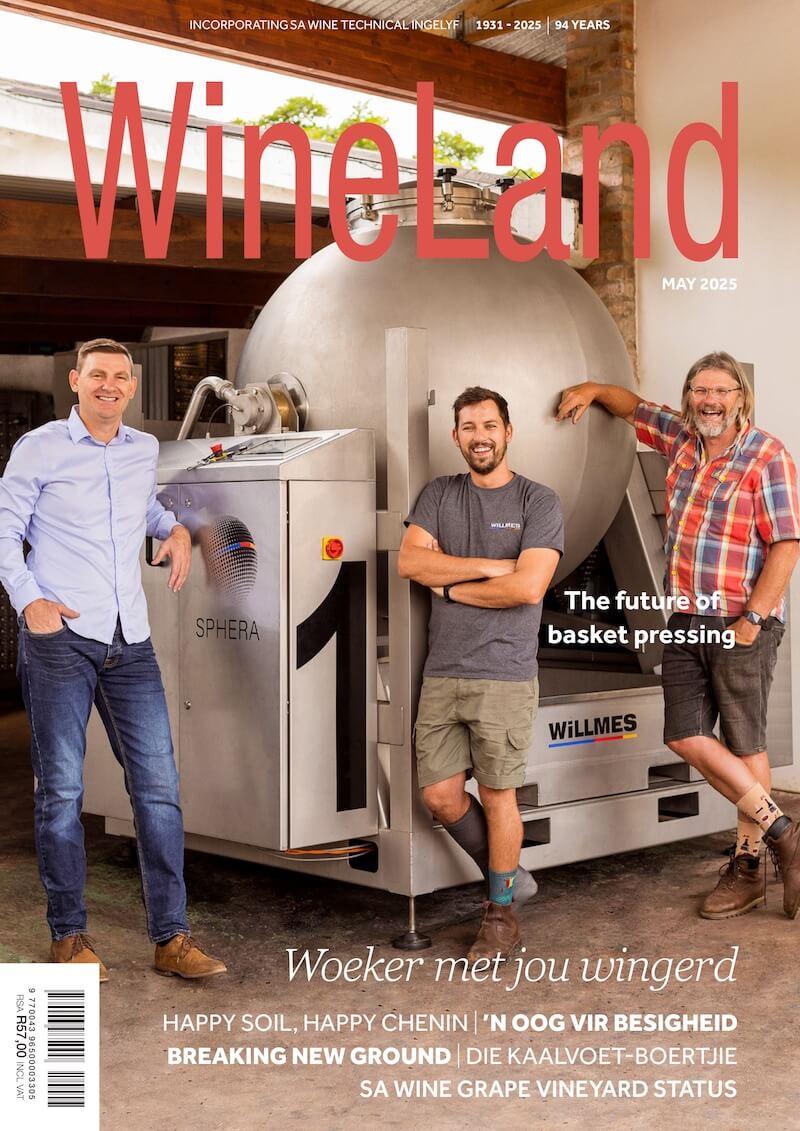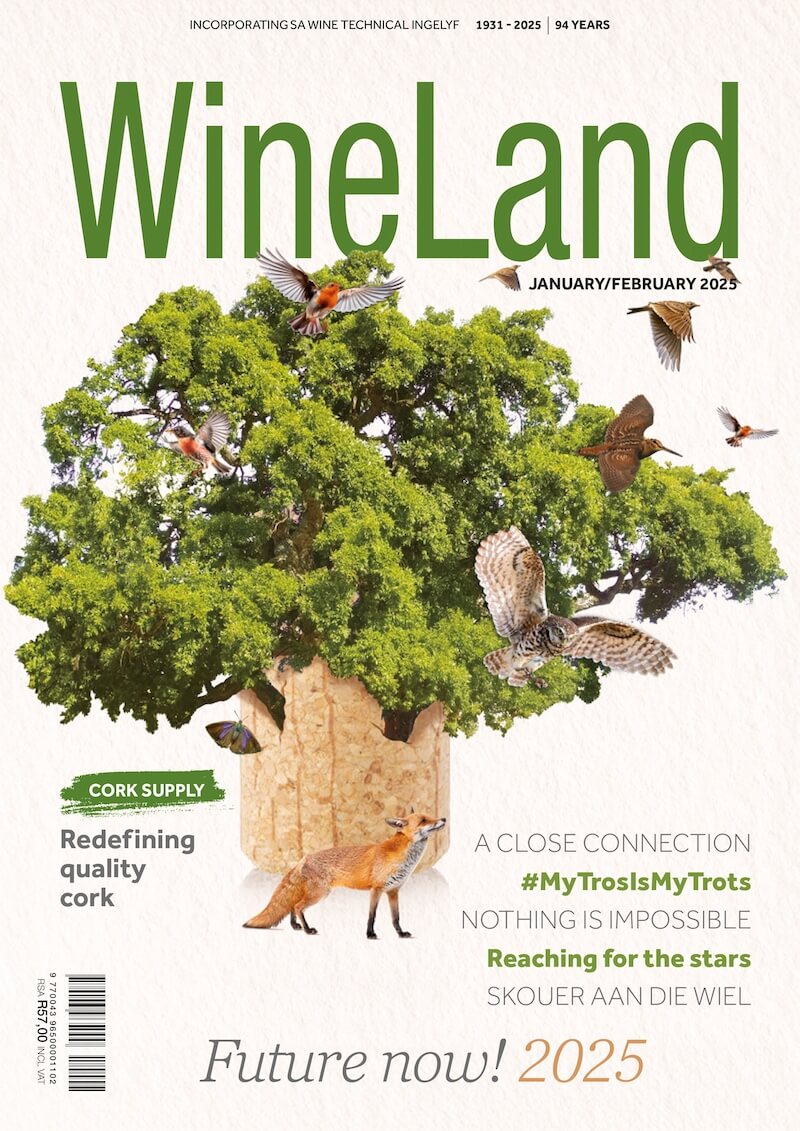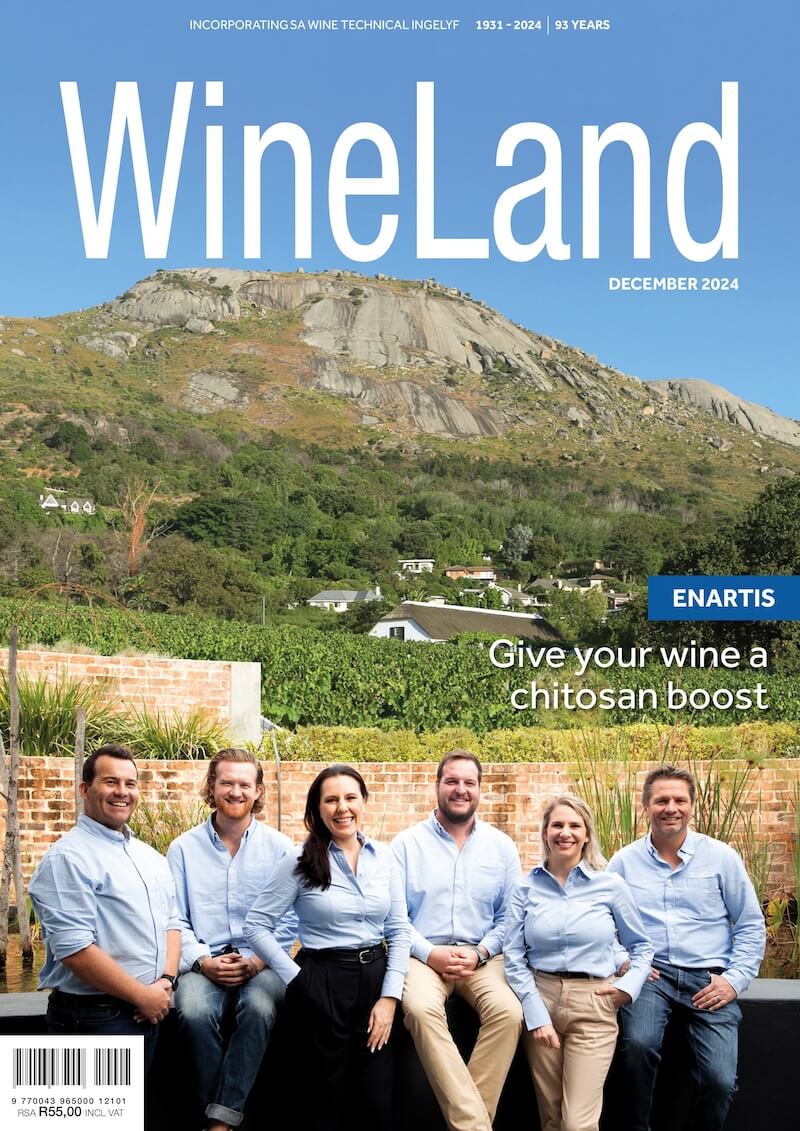Wine tourism is no longer just about attracting wine enthusiasts. These days, visitors are interested in having a good time and enjoying destination-based experiences in addition to traditional wine tastings.
A recent webinar hosted by the Great Wine Capitals network offered insights on this evolving landscape of entertainment-driven wine tourism from Australia and New Zealand.
Tasting Room transformation
Since it has become recognised that wine and food are essential drivers for tourism, tasting rooms have evolved into destinations in their own right. Visitors can now expect a variety of experiences beyond wine tasting and food pairings, including wedding venues, art exhibitions, wellness activities, and cultural immersion such as pottery or cooking classes, which cater to a broader range of tastes.
“Wineries have seen that tourism can be a revenue source,” says Robin Shaw, founder of Wine Tourism Australia and Vintuition. “There’s a demonstrable link between people visiting wineries and future purchase behaviour, which is incredibly important in the wine industry.”
Apart from creating and meeting demand, these diverse experiences and service offerings have a stimulating effect on the local economy, Robin says. She explains how regions across South Australia have seen significant investment as a result, not just around wine, but also in supporting services, facilities, accommodation, restaurants and other businesses.
For example, tour operators enjoy increased opportunities from the variety of tourists and are able to create more interesting itineraries. “The entire region now benefits from the fact that the wine region has become a major destination and international draw card.”
This all feeds to the cellar door, where Direct-to-Consumer programmes can turn visitors into loyal customers.
Travel trends
Robin identifies several key trends that successful wine tourism businesses can capitalise on: wellness and well-being tourism, slow travel and reconnection with nature, localism (authentic local experiences), regenerative and sustainable travel, and cultural immersion and learning experiences.
“Reconnection has been a big deal since COVID,” she says. “People have a visceral need to reconnect with one another and the people they meet in these regions. It’s why people are travelling in different types of groups, like family groups or multigenerational groups, and finding time out where they can reconnect. We’re fortunate to be in an industry that can allow this to happen.”
This diversity underlines the importance of knowing your audience. She cautions that this doesn’t necessarily mean catering to everyone. Brands must be careful not to lose sight of their target audience. “It’s not an either/or, it’s and/and,” she says. “It’s important to design experiences specifically for each audience.”
Designer experience
How to achieve this balance? Robin suggests a multifaceted approach. According to her, the most successful wine tourism experiences incorporate four key realms:
- Entertainment (treating the cellar door as a theatre)
- Education (cognitive learning experiences)
- Escapism (relaxation and fun)
- Aesthetic environment (beautiful, Instagram-worthy settings)
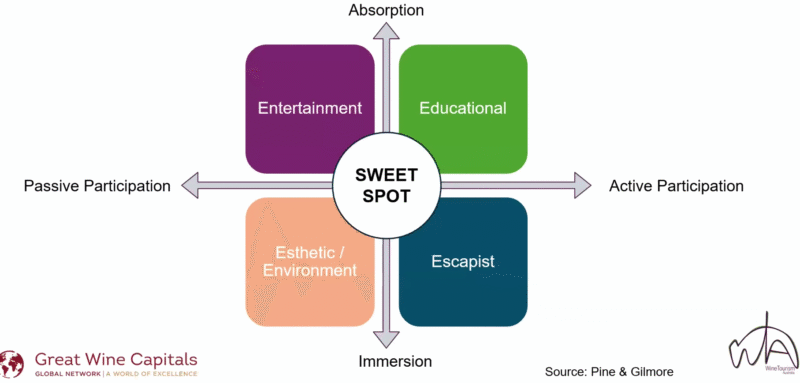
Any experience that successfully integrates all of these realms hits the “sweet spot”. Robin mentions Seppeltsfield in the Barossa Valley and Golding Wines in Adelaide Hills as good examples in Australia, while South Africans might look at Bosjes in the Breedekloof, Black Elephant Vintners in Franschhoek, and Creation Wines in the Hemel-en-Aarde for inspiration.
D’Arenberg
Chester Osborn, fourth-generation winemaker at d’Arenberg in McLaren Vale, South Australia, explained how they used iconic architecture, inspired by Sydney’s Opera House, to turn their popular winery into a compelling destination.
“I wanted to come up with an iconic building that everyone wanted to visit,” Chester says. Construction of the d’Arenberg Cube – a five-story, Rubik’s Cube-inspired building – was completed in 2017 to critical acclaim and almost immediately captured everyone’s attention. It was one of the first venues in the valley to charge visitors for access.
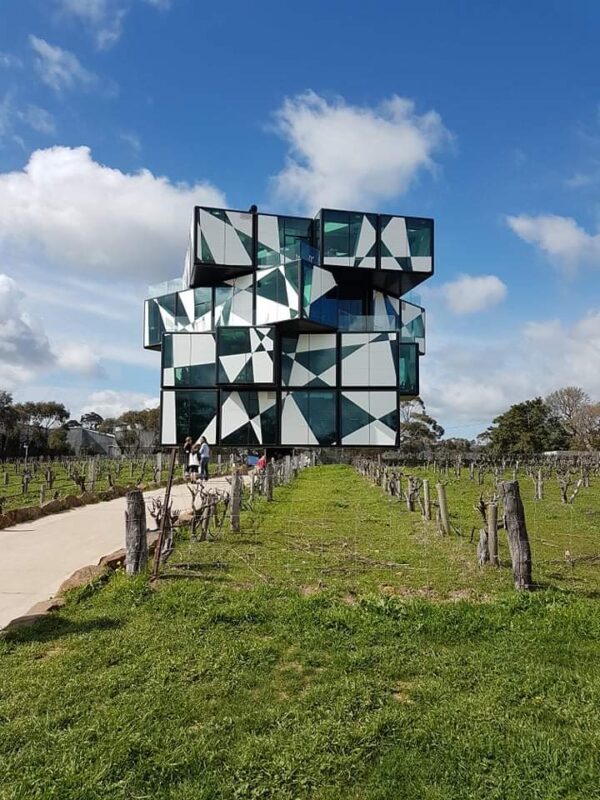
The d’Arenberg Cube
Chester wanted to create something that would make such a strong impression that customers would keep buying the wine long after they’d left. This required a prestigious feel that adds value to the experience, while also sharing the brand’s story. “While the art gets your senses going, the history gives it authenticity.”
The surrealist art keeps visitors surprised and intrigued while telling the brand’s multigenerational story, complete with QR codes for reference: how the family has been part of the wine industry in McLaren Vale since 1881, how d’Arenberg is Australia’s largest biodynamic farm, and how it employs the world’s first fully automated natural winemaker.
It’s all part of keeping your brand fresh and interesting, Chester says. “There’s lots of ways of doing that: new labels, new varieties, upgrading packaging, but that gets boring after a while. People want something that transforms the brand to this other stage, and that’s where I just needed to build this building, to get everyone on board with a whole new feeling that encapsulated d’Arenberg. And when everyone sees it advertised or remembers looking back at their pictures, they go ‘Oh yeah, that’s that crazy wine.’ They see that red stripe – the d’Arenberg red stripe – and they go ‘Oh yeah that’s d’Arenberg, I’ve got to try that because I remember that experience I had there.’”
The strategy has enabled d’Arenberg to grow its local market to the extent that they’ve gone from around 80% exports to only 45%, with a large percentage supporting the wine club.
Black Barn Vineyards
Francis de Jager, manager at Black Barn Vineyards in Hawkes Bay, New Zealand says people are at the heart of everything they do and instrumental to their experiences. Their cellar door and award-winning Black Barn bistro is a seasonal, produce-driven restaurant that offers fine dining among the vineyards. It also doubles as a concert and event venue.
But Black Barn is perhaps best known for luxury accommodation, which includes 16 retreats, ranging from 2 to 8-bedroom cottages – 60 bedrooms in total that can house 135 guests, who feed back into the bistro and cellar door experiences. “It’s a hard-working property that we maximise through experiences,” Francis says.
“Our ideal customer will stay for an hour, but ideally for a few days. They come into the restaurant, taste our wine, go to a concert, attend our grower’s market during summer, and leave with a case of wine. It’s amazing how often that happens, and it’s becoming more important to be an all-encompassing destination.”
Weddings and private events are a big part of the business. Black Barn hosts about 60 weddings or events across five different venues throughout the year, while the amphitheatre hosts concerts that brought in over 20 000 people this year. Their wine club offers pre-concert dinners, early access to tickets and reserved seating.
Francis echoes the observation that visitors increasingly seem to prefer slow and self-guided experiences, but they never allow themselves to become complacent. “Economic times have become tighter, and people are drinking less, but we monitor each silo of the business closely to make sure it’s working and we work hard to ensure each year is maximised. We’re not letting any trends get past us.”
Finding your sweet spot
The possibilities are endless, and it can be a challenge to stand out. “Work out what is truly unique about you (your unique value proposition), then design experiences that reflect who you are as a brand,” Robin advises. “Look at the features of your property or a destination to see what benefits they offer prospective visitors, and bear in mind which audience you want to attract. You can’t be all things to all people, so it’s important to put those two things together.”
“The idea is to recognise where people are on their wine journey and provide them with the experiences they seek at that stage,” Robin says. “Understand your audience, meet them where they are, and take them a little further on that journey.”

